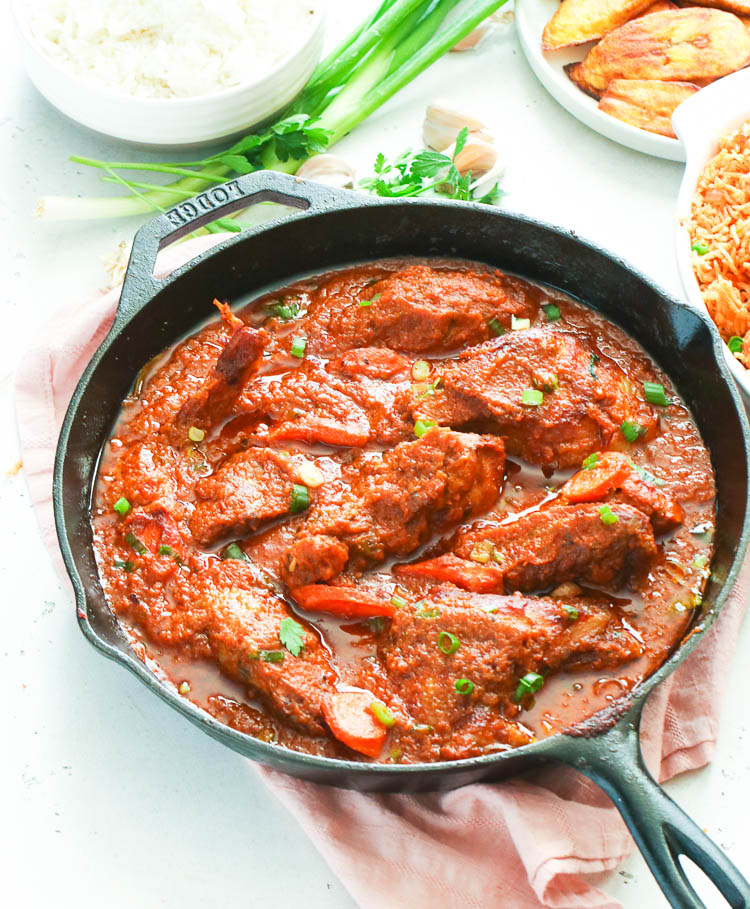Cast iron cookware is sturdy, versatile, and practically immortal if you treat it right. Whether you’re whipping up crispy-skinned chicken or the perfect seared steak, a well-seasoned cast iron skillet is the key to unlocking culinary magic.
However, cast iron cookware doesn’t come ready to roll right out of the box. It needs a little TLC called “seasoning.” This process creates a natural, non-stick surface while protecting your pan from rust and wear. Follow along for everything you need to know to master the art of seasoning.
What Is Seasoning?
Seasoning isn’t just some mystical rite of passage for cast iron enthusiasts — it’s kitchen science. At its core, seasoning is a protective layer created by heating oil onto the surface of your pan. Over time, this layer bonds with the metal, forming a slick, durable coating that’s naturally non-stick.
Why is this important? First, it keeps rust at bay, ensuring your pan stands the test of time. Second, it enhances cooking performance. No one likes their eggs sticking to the pan!
How To Season Your Cast Iron Cookware
Seasoning your cast iron skillet isn’t complicated, but it does require a little patience and the right technique.
Start by cleaning your pan thoroughly. This means scrubbing off any old food or rust with hot water and a stiff brush, and if the pan is particularly grimy or rusted, you may want to use steel wool to get it back to a clean surface.
Once you’ve cleaned the pan, make sure to dry it completely. Moisture is cast iron’s enemy, and leaving even a small amount of water on the pan could lead to rust. The best way to ensure your pan is dry is to heat it on the stove for a few minutes to evaporate any lingering moisture.
Next, it’s time to apply oil. You want to use a high smoke point oil, like flaxseed, canola, or grapeseed oil. The key is to apply a thin, even layer of oil. Remember that a little goes a long way! Too much oil will lead to a sticky surface, which you’ll want to avoid.
Once the oil is applied, place your pan upside down in the oven at 450 to 500°F for an hour. This high heat will allow the oil to bond with the metal, creating that slick, non-stick surface. After an hour, turn off the oven and let the pan cool completely inside.
Seasoning Maintenance
Seasoning isn’t a one-time event. Every time you cook with your cast iron, you’re adding to its seasoned surface, but it still needs a little routine care to keep it in top shape.
Cleaning is key, but skip the soap. Use salt and water to break down stuck food, rather than harsh dish cleaning supplies. Once clean, dry your pan thoroughly, heating it on the stove to ensure no moisture lingers.
If your skillet starts looking dull or food begins to stick, it’s time for a touch-up. A quick round of oiling and baking will have it looking as good as new.
Common Mistakes (and How To Avoid Them)
Seasoning your cast iron skillet can be straightforward, but even seasoned cooks sometimes make mistakes.
One of the biggest errors is using too much oil. It might feel natural to coat the pan generously, but over-oiling can result in a sticky surface that’s far from ideal.
Another mistake is not drying the pan thoroughly. Cast iron and moisture don’t mix, and even a small amount of water left on the pan can cause rust to form. Always towel dry your pan after cleaning, then heat it on the stove to ensure it’s completely moisture-free before seasoning.
It’s also important to store your cast iron correctly. Avoid stacking it with other cookware without proper protection, as this can cause scratches or damage the seasoning.
Cast Iron vs. Enameled Cast Iron: Which Is Right for You?
If you’re debating between traditional cast iron and enameled cast iron cookware, here’s the lowdown to help you choose.
Traditional cast iron is all about creating a classic cooking experience. It’s versatile, retains heat beautifully, and can go from stovetop to campfire. Still, as we’ve explored, it requires seasoning and regular maintenance to stay in top form.
On the other hand, enameled cast iron cookware has a porcelain coating that eliminates the need for seasoning. It’s also less prone to rust and easier to clean, making it a low-maintenance choice for busy home cooks. However, it’s often heavier and pricier than traditional options.
Ultimately, the right choice depends on your cooking style and how much effort you want to put into maintenance. Traditional cast iron wins for purists who enjoy the process. But if you want the benefits of cast iron without the upkeep, enameled is a great alternative.
Cooking With Confidence
Seasoning cast iron may seem intimidating at first, but it’s really just a simple act of care that pays off in spades. From understanding what seasoning is to learning how to maintain it, you’re now armed with the knowledge to make your cast iron skillet last a lifetime. Go on and show your cast iron some love — it’s ready to help you cook up delicious memories!




